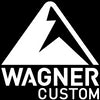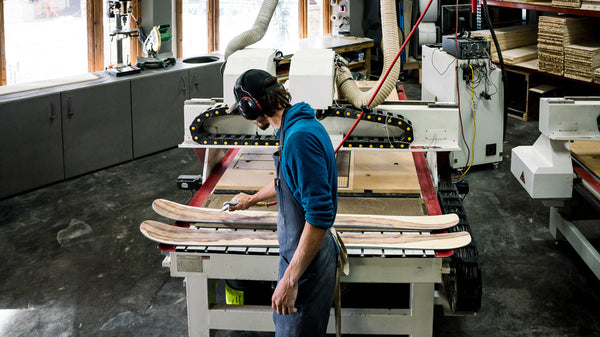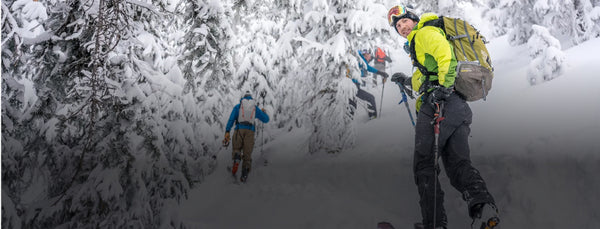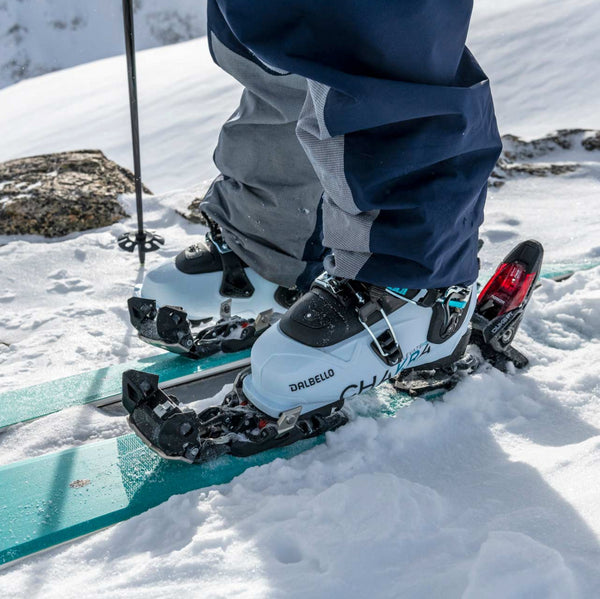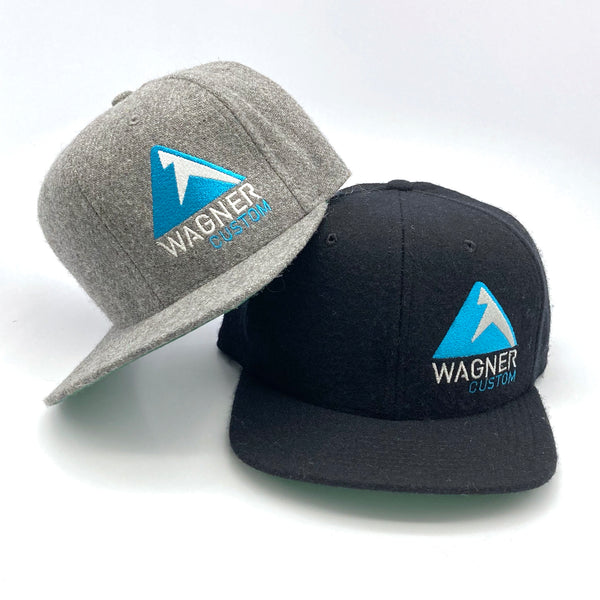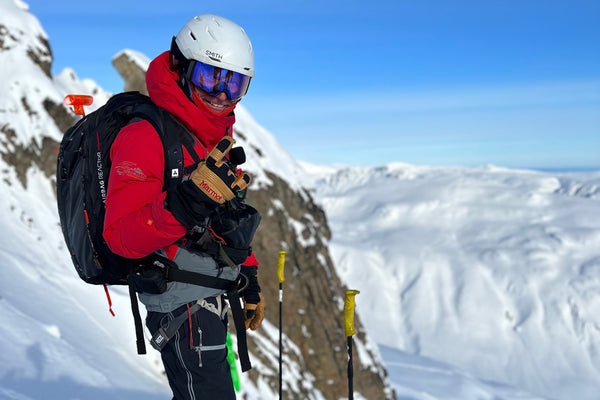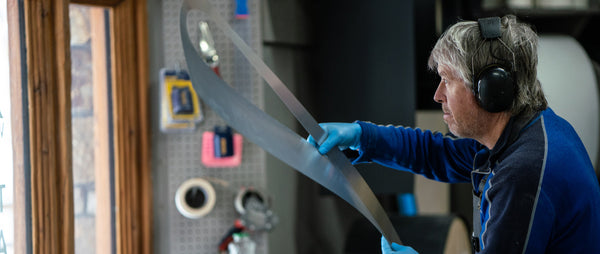So you’re not into yoga. For you, ski recovery involves a pitcher of beer, a plate of nachos, and a hot tub. We understand—we’ve been there. But when you wake up for Day 2 on the hill and you can’t bend over to buckle your boots, you might concede that your “program” might not be the most effective for enjoying the skiing part of your ski vacation.
Stretching is crucial not only to reducing soreness, but to preventing injury, too. If you stretch after skiing, it will increase blood flow to your muscles and help them heal more quickly, easing soreness and stiffness. (If you wait until you’re already stiff and sore the next day, stretching may make things worse.) It also helps keep your muscles able to perform optimally, and in turn those muscles help support your joints. If your hamstrings are tighter than violin strings, for example, they can’t extend all the way, and are therefore weaker. This leaves you vulnerable to injury, such as a torn ACL, which has been linked to weak hamstrings. (Click here for more injury-prevention tips.)
So, if you want to ski longer, harder, and have more fun, do these exercises right after you get off the hill. Then you can have your pitcher of beer and hot tub.
SPIN ON A BIKE

After a bell-to-bell day on the slopes, your best first line of defense against sluggishness and sore legs is to take a spin on a stationary bike. Go slow and low—this isn’t supposed to be a cardio workout. Twenty to 30 minutes of low to moderate output will help speed the recovery process through blood circulation and a replenishment of nutrients to the muscles. The bike can be the initial step in your après ski recovery solution.
MASSAGE
If deeper muscle work is needed, sign up for a massage. You will know you need this option if you are experiencing slight charley horse sensations in specific areas. Massage helps with the removal of blood lactate from muscles, which reduces swelling and leads to faster muscle repair. It’s important to flush out all the toxins that are released after a rigorous massage, so chug water (not beer) to get the kidneys and liver engaged.
Direct the masseuse to your trigger points. A soft touch massage may feel good and help you relax, but a therapeutic sport-specific massage will enhance your recovery process. Legs, back, and butt are the big muscles that work overtime in skiing, so have your therapist focus on those areas. A little intense pressure (it hurts so good) can help smooth out the knotted-up muscle fibers and speed up recovery. (Click here for more on how massage can help your skiing.)

FOAM ROLLER STRETCHING
If you are a do-it-yourselfer, then pack a foam roller and a lacrosse ball in your ski bag. Slow and specific foam rolling helps alignment by relaxing and replenishing the tight knotted areas with increased blood circulation. For the most effective foam roller session, focus on a tender area and drill down to the exact spot spending quality time getting all aspects of that location. General light rolling is not as effective as pinpointing the sore area with a deliberate and precise approach.
Single Leg Hamstring Roll
Apply as much of your body weight on the point of contact where your skin touches the roller. Slowly move along the length of the muscle, feeling consistent pressure as you roll. As you find a tender area, slow the rolling down and isolate the spot with multi-directional mini rolls. This precision rolling action will help reduce the tension and help blood flow to the aching areas.

Side Leg IT Band Roll
Rolling along the outside of the leg, or the IT band area, is most effectively done by not rolling directly over the IT band—the IT band does not elongate like muscle fiber. Instead, roll the muscles around it. This can be done with a foam roller or with a tennis ball. If you use a foam roller, roll at an angle slightly off the IT band first for two to three minutes. This will activate the blood flow and smooth out the sticking points.
Reach & Roll
Roll out your upper back and shoulders. Roll your arms to an extended position keeping your hips back and your chest to the floor. The big movers in your legs and butt are supported by the core muscles in the back and shoulders, so spend time here lengthening your body.
Lacrosse Ball Foot Roll
Although your stiff plastic boot provides support to your feet and ankles, the smaller foot muscles are working continuously throughout the day. Sit or stand and slowly roll the ball under your instep slowing down at each tender point and apply pressure for twenty to thirty seconds. Start in that micro area and slowly start to enlarge the area until you feel another tender spot. Being specific with pressure is the most effective way to roll out the mini muscle contractions in the foot.
These simple and basic recovery fundamentals will reset your muscle responsiveness and dynamic movements to put you back into motion within hours—perfect timing for the long walk to the bar for that well-deserved pitcher.
Cheers!


